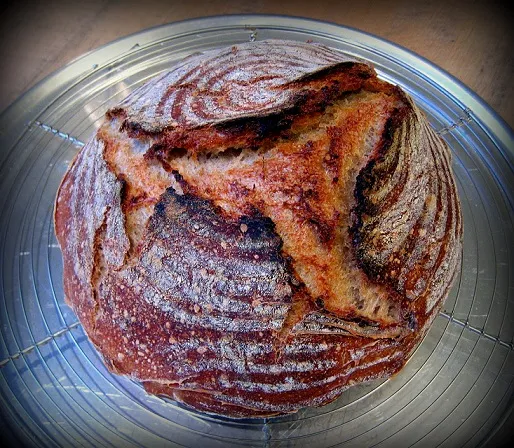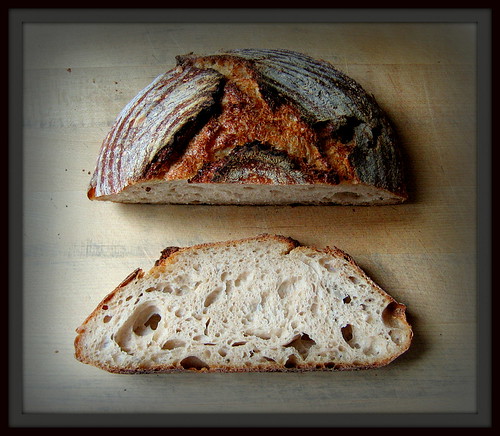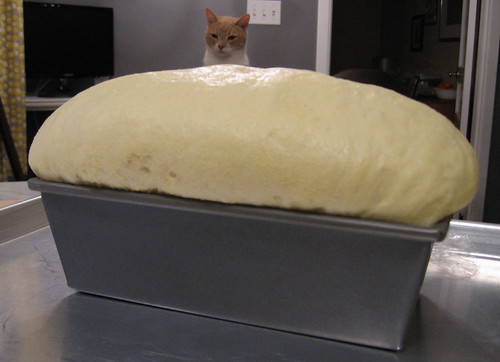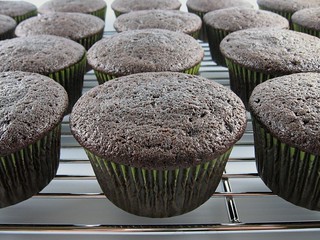Vermont sourdough and other Hamelman bakes

Glenn mentioned that the San Francisco country sourdough formula was a variation on a variation of Hamelman's Vermont sourdough. So of course I had to try it. Although, since I am in SF I guess this makes my VT Sourdough a SF sourdough. The husband and I both agreed with Hamleman's assessment that this is an excellent everyday bread.









